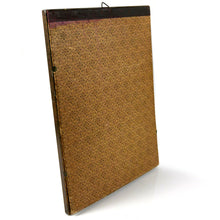Queen Marie of Romania, 1914
Adding product to your cart
Overall: 33.5cm (13.3in) x 23cm (9in)
Full length seated portrait of Queen Marie of Romania with one of her four daughters. Autograph signed lower left in Marie’s hand. Contained in period frame.
Read more
Queen Marie of Romania (1875-1938) was born into the British royal family and was a granddaughter of Queen Victoria. After refusing a proposal from her cousin, the future King George V, she married Crown Prince Ferdinand of Romania, the heir apparent to King Carol I. Marie was Crown Princess between 1893 and 1914, and became immediately popular with the Romanian people. After the outbreak of World War I, she urged Ferdinand to ally himself with the Triple Entente and declare war on Germany, which he eventually did in 1916. During the early stages of fighting, Bucharest was occupied by the Central Powers and Marie, Ferdinand and their five children took refuge in Moldavia. There, she and her three daughters acted as nurses in military hospitals. Marie attended the Paris Peace Conference of 1919, where she campaigned for international recognition of the newly enlarged Greater Romania. In 1926, she toured the United States, and unable to compete with modern British royals presented herself as an old world fairy tale Queen, while simultaneously contributing an advice column for American newspapersunder the title of ‘Queen’s Counsel’. Such was her popularity that the wit Dorothy Parker included her name in a ditty on the theme of disappointment and untruths. After King Ferdinand’s death Marie refused to be part of the regency council which reigned over the country under the minority of her grandson, King Michael. In 1930, Marie's eldest son Carol, who had waived his rights to succession, deposed his son and usurped the throne, becoming King Carol II. He removed Marie from the political scene and strived to crush her popularity.






